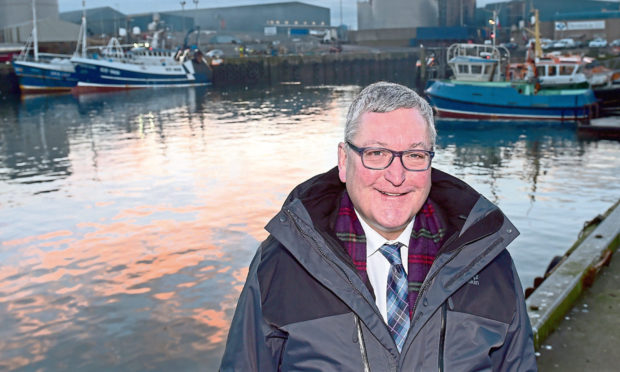Holyrood is demanding a greater say for Scotland over how seafood industry body Seafish spends the levies it receives.
A string of proposed amendments to the UK Government’s Fisheries Bill also seeks to give Seafish more flexibility to “better support” the Scottish seafood industry.
This would mean removing a requirement for the organisation to serve the interests of UK industry “as a whole”.
One of the proposed amendments would devolve to Holyrood the control of “Scottish aspects of levies imposed by the authority”.
Rural Economy Secretary Fergus Ewing said: “We have worked closely with the UK Government to ensure the UK Fisheries Bill can protect and promote Scottish fishing interests.
“But there is more this Bill can do to give our seafood sector the resources it needs to recover from the Covid-19 crisis and to be supported through the significant challenges of Brexit.
“I have asked the UK Government to support amendments that will enhance Seafish’s role in Scotland, while giving seafood businesses here more influence on how the levy it pays is used.”
Mr Ewing added: “It is the long-held view of the Scottish Government that the existing seafish levy is not fit for purpose, providing an inadequate level of support to the sector in Scotland and resulting in insufficient marketing and promotion of Scottish seafood.
“Scotland has distinct needs, not least as the largest fisheries and seafood nation in the UK and the largest Seafish levy contributor.
“The industry has an increasing desire to develop a Scottish brand and market and promote this in the same way as other Scottish sectors successfully do for produce like beef and lamb.
“Greater control over Seafish levy monies raised in Scotland would allow that to happen, resulting in a more resilient sector, and more security for jobs and livelihoods all around Scotland.”
Mr Ewing said the changes would also help the Scottish seafood sector to “regain a foothold in markets that have been lost through Covid-19 and in exploiting new markets”.
The Fisheries Bill – backed by MPs at its second reading last week – is the UK Government’s post-Brexit plan for fishing, replacing the EU’s Common Fisheries Policy.
